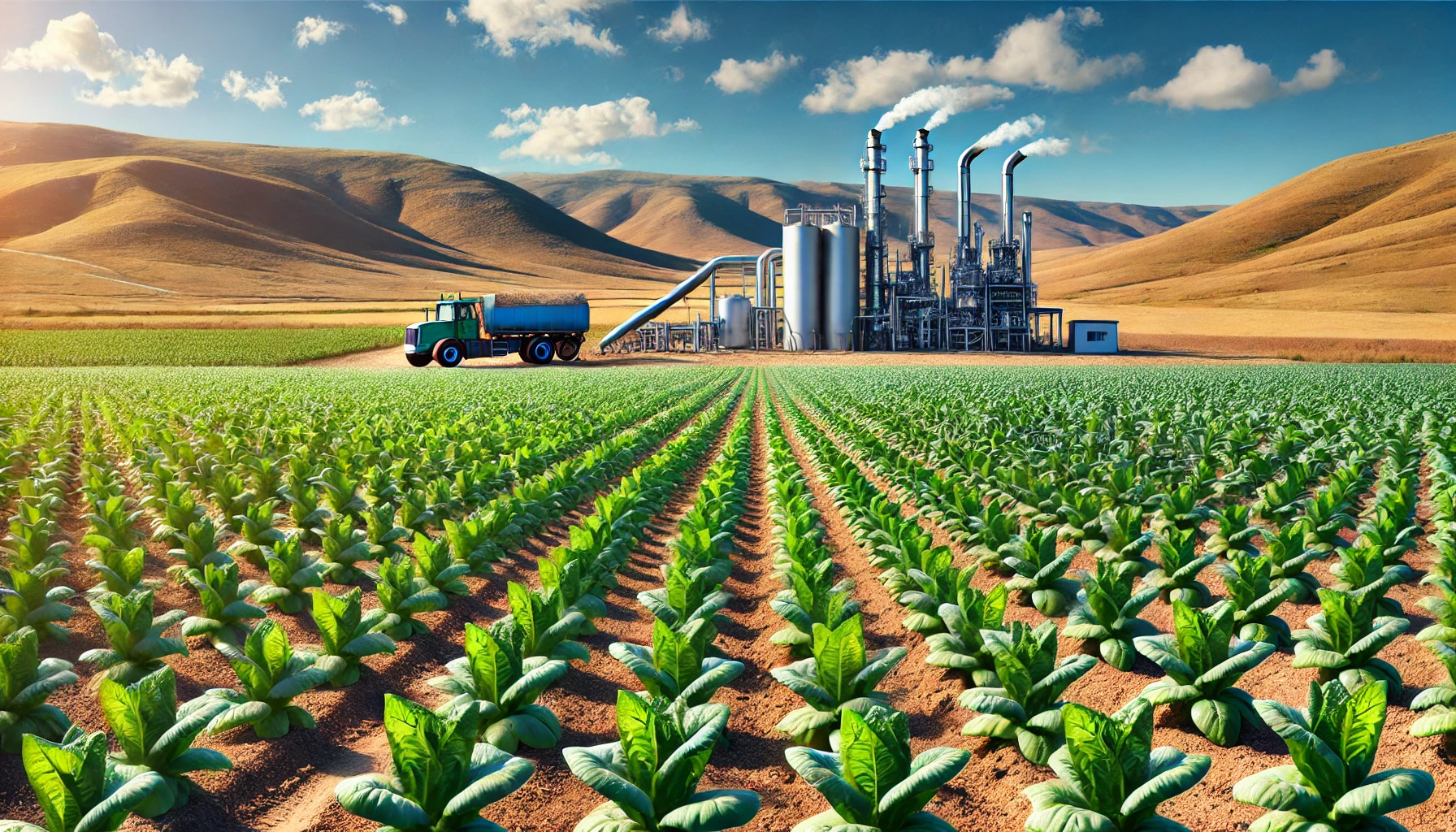A groundbreaking study by scientists from the Birbal Sahni Institute of Palaeosciences (BSIP) reveals how climate-induced vegetation changes influenced the course of human history in the Indian subcontinent over the past two millennia. By analyzing ancient pollen samples and conducting multiproxy studies on sediment cores from Sarsapukhra Lake in Varanasi, Uttar Pradesh, the research sheds light on the climate patterns that shaped vegetation in the Central Ganga Plain (CGP), particularly in response to shifts in the Indian Summer Monsoon (ISM).
Filling Gaps in Late Holocene Paleoclimate Records
This study addresses a critical research gap by providing paleoclimate records for the late Holocene (approximately 2,500 years) in the Central Ganga Plain. Previous research in this region was limited, particularly for the late Holocene, making it challenging to assess long-term environmental and climatic impacts on human societies.
Key Climate Episodes and Their Historical Impact
The research identified key climatic episodes—including the Roman Warm Period, Dark Ages Cold Period, Medieval Warm Period, and Little Ice Age—that alternately warmed and cooled the region, significantly altering vegetation patterns. These shifts influenced agricultural productivity, migration, and the stability of various dynasties, including the Guptas, Gurjar Pratiharas, and Cholas. During colder or drier periods, less rainfall and arid conditions led to crop failures and resource scarcity, potentially contributing to the decline of these dynasties and fueling migration to more fertile areas.
Climate-Adaptive Agriculture: Lessons from the Past for the Future
The study suggests that lessons from historical climate dynamics can guide modern agricultural practices. Identifying crops suited to a changing climate, especially in monsoon-dependent regions, could help maintain agricultural productivity amid climate fluctuations. This adaptive approach is critical for food security and economic resilience in India, where agriculture significantly contributes to GDP.
Published in the journal Catena, this research underscores the importance of understanding past climate patterns and vegetation shifts to better predict and prepare for future impacts on agriculture and human societies. With climate change threatening current agricultural stability, this historical perspective offers valuable insights into resilience and adaptation strategies.











